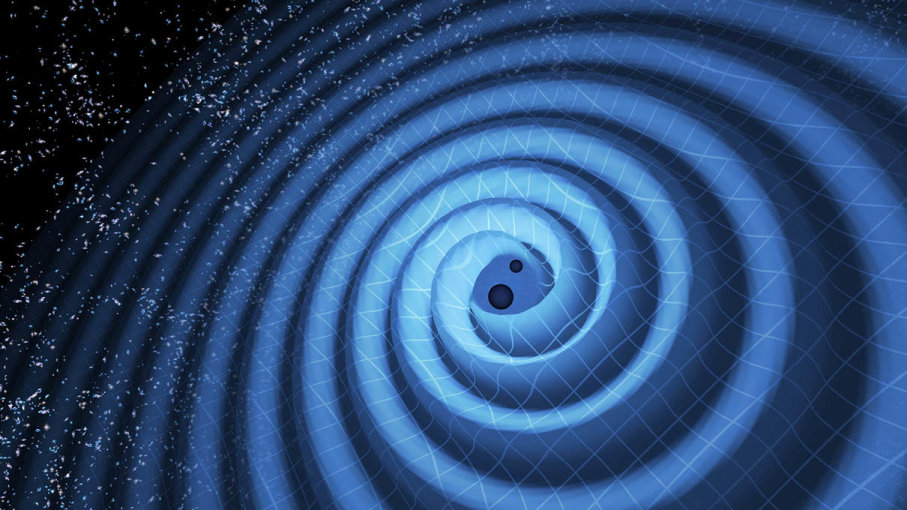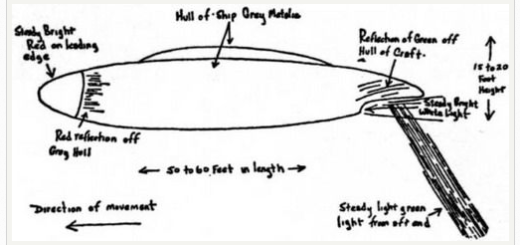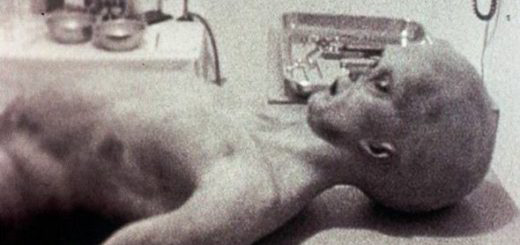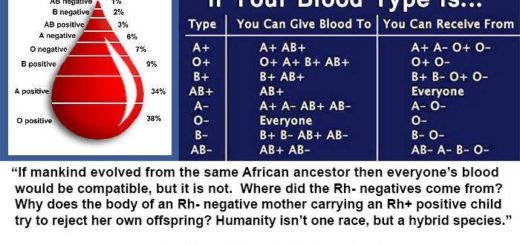Gravitational Waves Detected Again, But This Is the Best Yet

The era of gravitational wave astronomy has truly begun.
For the fourth time, scientists have detected the gravitational waves generated by two colliding black holes. But this time it’s even better. A third gravitational wave detector located in Italy has joined two U.S.-based detectors to make this the most precise gravitational wave detection to date.
On Aug. 14, ripples in space-time washed through our planet. These gravitational waves had traveled 1.8 billion light-years to reach us and, like the three confirmed detections that came before it, this signal – called GW170814 – was caused by two stellar black holes colliding and merging as one.
Physicists interpreting the gravitational wave signal say that GW170814 was caused by two black holes weighing in at 31 and 25 times the mass of our sun getting locked in a gravitational dance, colliding and combining into one. The merger created one black hole 53 times the mass of our sun. The remaining mass, around three solar masses, was converted into pure energy, blasting gravitational waves in all directions. Scientists published a paper announcing the discovery in the journal Physical Review Letters.
All the merging black hole detections made to date
A comparison of all the merging black hole detections made to date
LIGO/CALTECH/SONOMA STATE (AURORE SIMONNET)
The previous detections were solely made by Advanced LIGO (Laser Interferometer Gravitational-wave Observatory), which has two identical observing stations located in Washington and Louisiana. This time, however, GW170814 was picked up by a third detector called Advanced Virgo, located near Pisa, Italy. That’s the first time that’s happened. Like LIGO, Virgo uses an ultra-precise laser interferometer to detect the vanishingly small warps in space-time as gravitational waves travel through our volume of space at the speed of light.
“This is just the beginning of observations with the network enabled by Virgo and LIGO working together,” said David Shoemaker of the Massachusetts Institute of Technology (MIT) and LIGO Scientific Collaboration (LSC) spokesperson in a statement. “With the next observing run planned for Fall 2018 we can expect such detections weekly or even more often.”
Although Virgo is less sensitive than LIGO, having a third gravitational wave detector working to measure these rumbles in space-time boosts the precision of trying to locate which galaxy the black holes collided in. At least two detectors are required to confirm the detection of a gravitational wave signal and, since the first historic detection of gravitational waves on Sept. 14, 2015, LIGO scientists have only been able to roughly determine where the gravitational wave signals originated. But with more detectors comes a boost in precision in locating the source.
Map of all the gravitational wave detections so far
A map of all the gravitational wave detections so far are illustrated here – note that the area of the probable source of GW170814 (lower left) is much smaller than all the others.
LIGO/VIRGO/CALTECH/MIT/LEO SINGER (MILKY WAY IMAGE: AXEL MELLINGER)
Moving from a two-detector network to a three-detector network shrinks the source’s volume of space by a factor of 20 and the region of sky for where GW170814 likely originates is 10 times smaller than previous detections. Scientists also gain a better measurement of distance when more detectors are added to the network.
“This increased precision will allow the entire astrophysical community to eventually make even more exciting discoveries,” said Laura Cadonati, who works at Georgia Tech and is the deputy spokesperson of the LSC, in a statement. “A smaller search area enables follow-up observations with telescopes and satellites for cosmic events that produce gravitational waves and emissions of light, such as the collision of neutron stars.”
So far, only the gravitational waves from black hole mergers have been detected, but as the sensitivity of laser interferometers increases, scientists hope to detect collisions between neutron stars, for example. As more detectors are added, the exact positions of these energetic events may be pinpointed, allowing other observatories that see the universe in the electromagnetic spectrum (i.e., light) to carry out follow-up observations. These studies could research events like supernovae in incredible detail.
When multiple observatories looking at different wavelengths of light study the same phenomena, groundbreaking discoveries can be made. But when gravitational wave observatories are added to the mix, who knows what incredible science the cosmos will reveal.
“With this first joint detection by the Advanced LIGO and Virgo detectors, we have taken one step further into the gravitational-wave cosmos,” said David H. Reitze, who works at the California Institute of Technology (Caltech) and is executive director of the LIGO Laboratory, in a statement. “Virgo brings a powerful new capability to detect and better locate gravitational-wave sources, one that will undoubtedly lead to exciting and unanticipated results in the future.”
NOW THAT’S CRAZY



 Creators of mankind
Creators of mankind Description of “Tall white aliens”
Description of “Tall white aliens” Where they came from?
Where they came from? About hostile civilizations
About hostile civilizations The war for the Earth
The war for the Earth “Tall white aliens” about eternal life
“Tall white aliens” about eternal life Video: “Nordic aliens”
Video: “Nordic aliens” Aliens
Aliens Alien encounters
Alien encounters The aliens base
The aliens base UFO
UFO Technology UFO
Technology UFO Underground civilization
Underground civilization Ancient alien artifacts
Ancient alien artifacts Military and UFO
Military and UFO Mysteries and hypotheses
Mysteries and hypotheses Scientific facts
Scientific facts


















